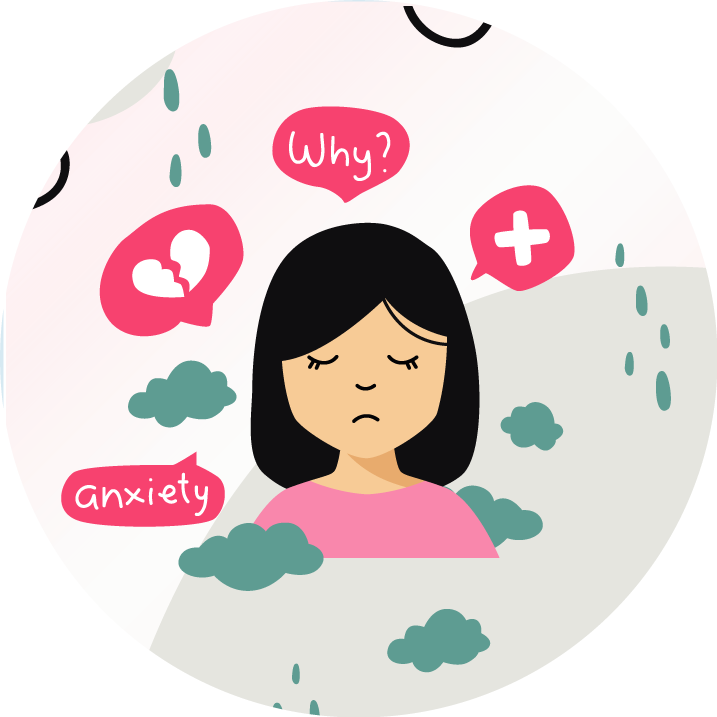Techniques to Minimise Workplace Negativity
.svg)
Techniques to Minimise Workplace Negativity
April 21 2025 TalktoAngel 0 comments 645 Views
Workplace negativity is a silent productivity killer that can wreak havoc on an organisation’s culture, employee morale, and even its bottom line. From unspoken tension to outright hostility, negativity can infect even the most promising workplaces. Fortunately, several evidence-based techniques can help reduce these harmful behaviours and create an environment where employees can thrive. By understanding the root causes of workplace negativity and applying targeted strategies, organisations can nurture a healthier, more positive atmosphere. Below, we explore some effective approaches that draw on principles from psychology, organisational behaviour, and Employee Assistance Programs (EAPS).
1. Promote Open and Honest Communication
When employees are unsure about their roles, the organisation’s goals, or how they fit into the larger picture, it can lead to frustration, confusion, and even resentment. Incorporating open communication strategies is essential in combating these feelings. Encouraging transparency from leadership through regular updates, team meetings, and one-on-one check-ins can ensure that everyone feels informed and valued. When employees can express their concerns and thoughts without fear of retaliation, it reduces the likelihood of negative emotions building up and festering in silence (Brown & Green, 2021).
A key element here is active listening, a psychological technique where individuals fully engage in conversations, demonstrating empathy and understanding. When leaders and peers practice active listening, it not only diffuses misunderstandings but also fosters trust and cooperation.
2. Encourage Employee Recognition and Appreciation
Research has consistently shown that appreciation is one of the most powerful tools in preventing workplace negativity. Establishing a culture of recognition helps individuals feel appreciated for their contributions, whether big or small. This can range from public acknowledgement during meetings to more personal gestures, like sending a thank-you note or providing a small reward for a job well done. By creating a system that acknowledges achievements, organisations tap into the psychological principle of reinforcement, which suggests that rewarding positive behaviour increases the likelihood of that behaviour being repeated (Skinner, 1953).
Moreover, employee recognition programs often serve as a reminder of the organisation's commitment to a positive work environment. Recognising hard work can mitigate negative feelings such as burnout or alienation, which may otherwise arise in environments where contributions go unnoticed.
3. Implement Employee Assistance Programs (EAPs)
Workplace negativity often stems from external stressors, such as personal issues, mental health challenges, or difficult life circumstances. Employees burdened by stress or mental health concerns such as anxiety, depression and low motivation may carry that negativity into their professional lives, affecting their productivity and relationships with colleagues.
One effective solution is the implementation of Employee Assistance Programs (EAPs). These confidential programs offer employees access to online counselling services, mental health resources, and practical support in dealing with personal or professional challenges. EAPs are particularly valuable because they provide professional psychological support in a discreet and non-judgmental manner, encouraging employees to seek help before issues escalate into larger problems (Masi, 2009). In addition to providing direct psychological support, EAPs help reduce the stigma surrounding mental health issues. By promoting mental well-being and work-life balance, organisations create a culture of care and inclusivity, which, in turn, minimises the likelihood of negativity taking root in the workplace.
4. Encourage Teamwork and Collaboration
Another powerful technique to reduce workplace negativity is to foster collaboration and a sense of team spirit. When employees work together toward common goals, they’re less likely to harbour negative feelings toward each other. The psychological concept of group cohesion suggests that teams that share values and work closely together tend to have better interpersonal relationships and a greater sense of accountability (Forsyth, 2010).
Organisational initiatives such as team-building activities, cross-departmental projects, and collaborative problem-solving sessions create opportunities for employees to bond, learn from each other, and develop mutual respect. A unified team is less likely to succumb to gossip, competition, or unhealthy rivalries, which are often the breeding grounds for negativity.
5. Focus on Leadership Development
The role of leadership in minimising workplace negativity cannot be overstated. Leaders are the emotional barometers of their teams, and their actions, attitudes, and behaviours set the tone for the entire organisation. Negative leadership, such as micromanagement, favouritism, or lack of empathy, can create a toxic atmosphere that permeates throughout the workplace.
Training leaders in emotional intelligence (EI) is one of the most effective ways to combat workplace negativity. Leaders who exhibit high EI are better equipped to navigate difficult conversations, manage conflict, and support employees in times of stress (Goleman, 1995). When leaders model positive behaviours, they create an environment where negativity is less likely to flourish.
6. Encourage a Healthy Work-Life Balance
Employees who feel overwhelmed by work demands often carry that stress into their interactions with colleagues. In contrast, employees who have time to recharge and maintain a healthy balance between their professional and personal lives are less likely to exhibit negative behaviours.
Organisations should encourage a balanced approach to work by offering flexible schedules, promoting time off, and respecting employees' time. A focus on well-being and work-life harmony helps prevent burnout as well as anger and allows employees to approach their roles with renewed energy and positivity.
Conclusion
Minimising workplace negativity is a multi-faceted approach that requires effort from all levels of an organisation. Whether through fostering communication, providing recognition, implementing EAPs, or developing strong leadership skills, each technique contributes to a healthier, more supportive work environment. By prioritising psychological well-being, teamwork, and positive reinforcement, organisations can create workplaces where employees feel valued, supported, and motivated. Over time, these strategies help reduce negativity, boost morale, and ultimately drive better organisational outcomes.
Contributed By: Contributed by Dr. (Prof.) R. K. Suri, Clinical Psychologist and Life Coach, & Ms. Mansi, Counselling Psychologist.
References
- Brown, T., & Green, A. (2021). The role of communication in managing workplace negativity. Journal of Organizational Behavior, 42(1), 12-29. https://doi.org/10.1002/job.2568
- Forsyth, D. R. (2010). Group dynamics (6th ed.). Wadsworth Cengage Learning.
- Masi, D. A. (2009). The effectiveness of Employee Assistance Programs: A meta-analysis of program outcomes. Journal of Workplace Behavioral Health, 24(2), 109-120. https://doi.org/10.1080/15555240902840872
Leave a Comment:
Related Post
Categories
Related Quote

“Remember: the time you feel lonely is the time you most need to be by yourself. Life's cruelest irony.” - Douglas Coupland

“Anxiety is a thin stream of fear trickling through the mind. If encouraged, it cuts a channel into which all other thoughts are drained.” - Arthur Somers Roche

“You say you’re ‘depressed’ – all I see is resilience. You are allowed to feel messed up and inside out. It doesn’t mean you’re defective – it just means you’re human.” - David Mitchell, Cloud Atlas

“I have learned not to worry about love; but to honor its coming with all my heart.” - Alice Walker

“You don’t have to control your thoughts. You just have to stop letting them control you.” - Dan Millman
Best Therapists In India


























SHARE